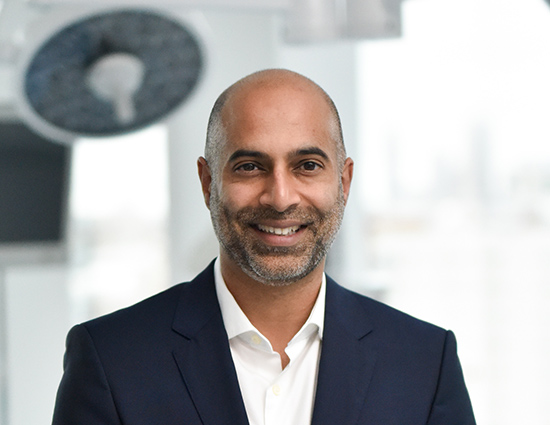It’s well known that the practice of medicine is changing, with pharmaceutical companies producing treatments targeted towards specific patients and their particular diseases. The secret to this is contained in a wide number of disciplines within medicine but particularly within the inner workings of cells, the proteins they make and molecules they produce.
Cells, DNA and the panomic approach
Recent experiences have reaffirmed my belief that progress requires as broad a range of data as possible – everything we can get from a cell, from the DNA itself to the manner in which genes are switched on to the products produced by the cells. This is called the panomic approach; that is, all the types of omics. When combined with lower cost and more flexible devices it could open the door to improved, practical clinical medicine.
Long read sequencing becoming the norm
It is my experience that read sequencing is becoming the norm. Here, more of the DNA is read in one go, and each individual read is typically being 10,000 base pairs or longer and is coupled with higher accuracy.
Long read sequencing previously had limitations in throughput, cost and accuracy. As these limitations are being overcome through Oxford Nanopore and PacBio technologies – with a Nature article (Jain et al 2018) demonstrating a quoted average read length for Oxford Nanopore of up to 100 kb for ultra-long reads with ~99% accuracy – it is significantly broadening their application domains in genomics.
Significant adoption of long read sequencing is driving the other key players such as Illumina, who are historically better known for multiple shorter reads, to also offer long read sequencing. I’m impressed by how their chemistry updates and latest generation devices are increasing read lengths while also improving accuracy.
Maybe, if the end result is a suitable assembled sequence, it is becoming less important to users which underlying technology is utilised. In a sense, researchers and clinicians are becoming increasingly agnostic to the fundamental approach utilised and are concentrating more on the potential utilisation of the data.
Genomics, the complete set of DNA and genes
Another theme is that using a combination of different data sets from genomics (the complete set of DNA and genes) through epigenomics (the manner in which the environment can control the expression of genes), transcriptomics (the RNA produced in a cell), proteomics (the proteins produced using instructions in the RNA) to metabolomics (small molecules produced by the cells) is providing increasing clinical efficacy. From a clinical standpoint this makes sense – the more varied the clinical inputs the better – and indeed this extends even further from the genomic data to the physical presentation and history of a patient.
A true multiomic or panomic approach, where the full range of information described above is measured from a cell, is likely to further drive an agnostic approach to the source of genomic data. It is unlikely one company can provide everything, and even if they do a lab is likely to have a range of equipment. This is going to further increase the importance of data aggregators – pulling all the data together – and the means by which this incredibly data rich and potentially overwhelming information is clearly presented to researchers and clinicians. As the clinical utilisation and uptake increases, the human side of data understanding and presentation is likely to become as important as the detailed technology underpinning the data acquisition.
At CC we specialise in both helping clinicians make use of complex data to improve patient care through our teams of life science や artificial intelligence experts – as well as developing the complex engineering to measure it. Please reach out to me via LinkedIn or by email you think we might be able to help.





